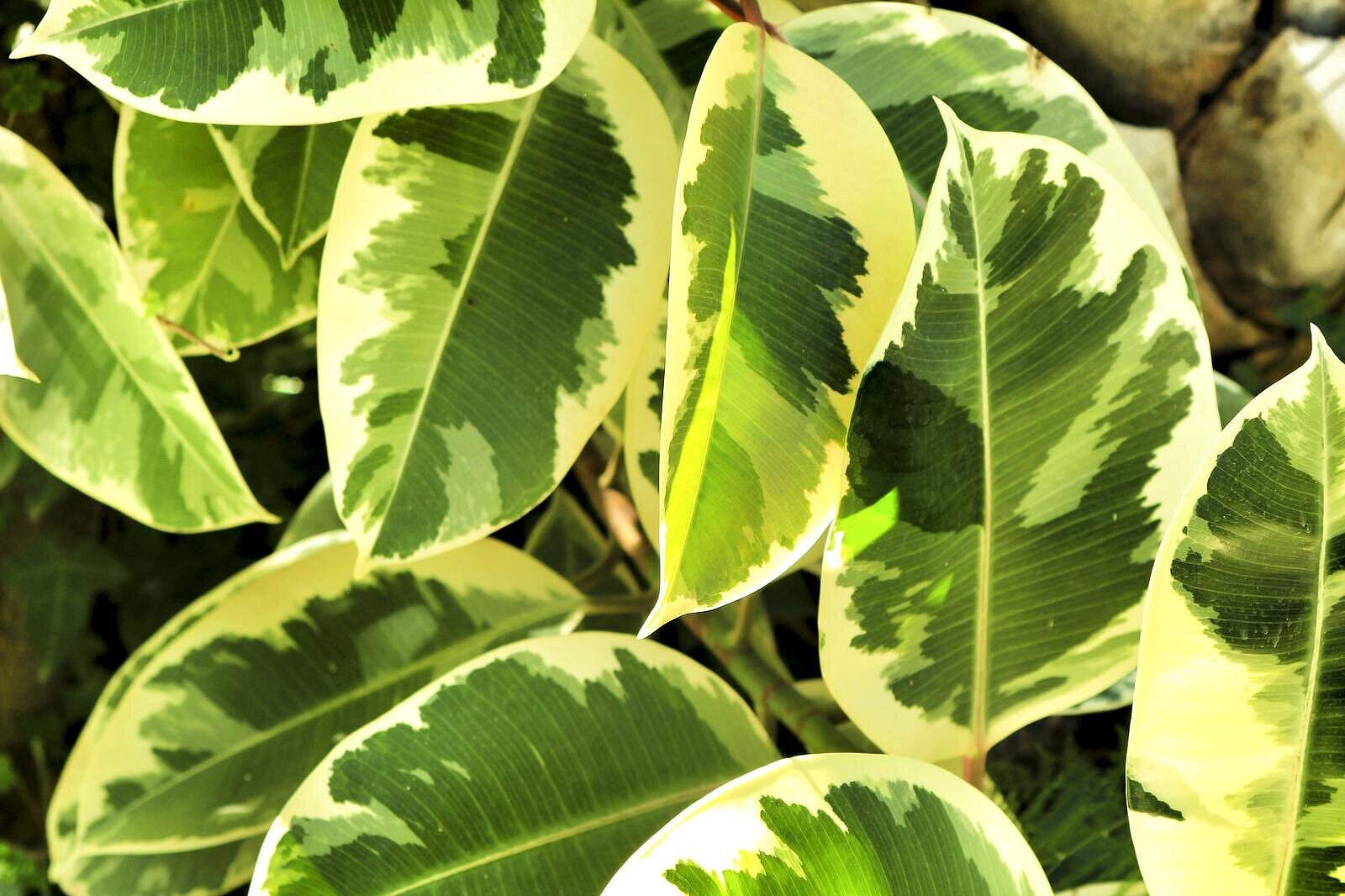Guttapercha tree

The gutta-percha tree and its secrets
The gutta-percha tree (Palaquium gutta) grows mainly in the humid tropics and is famous for its latex-like resin, which is used in a variety of ways. However, while its uses in humans are well documented, questions regarding its safety and compatibility for dogs often remain unanswered. This article looks at the components of the gutta-percha tree and their potential effects on dogs in order to fully inform pet owners.
Under the magnifying glass: components of the gutta-percha tree
The resin: a potential danger?
The resin of the gutta-percha tree is prized for its waterproof and insulating properties. However, contact with this resin can cause skin irritation in dogs. If your dog swallows the resin, it could also cause gastrointestinal problems.
Leaves and bark: low risk to be enjoyed with caution
In contrast to the resin, the leaves and bark of the gutta-percha tree have been less researched. While there are no specific studies indicating acute toxicity to dogs, general caution is advised. Unknown plant components can always cause unexpected reactions in dogs.
Safety measures and recommendations
It is crucial for dog owners to keep their four-legged friends away from gutta-percha trees. This is especially true for young or curious dogs who tend to explore and try everything. If your dog does come into contact with any parts of the tree, monitor it closely for signs of allergic reaction or discomfort and consult a vet if necessary.
Better safe than sorry
In summary, the gutta-percha tree can be potentially dangerous to dogs due to its resin. While other parts of the tree may seem less risky, it is advisable to exercise caution and limit access to these plants. As a responsibledog owner, it's your job to make your dog's environment safe and minimize risks. By avoiding potentially dangerous plants such as the gutta-percha tree, you are making a significant contribution to the well-being and health of your faithful companion.
If you notice any signs of hypersensitivity or poisoning in your dog, you should see your vet immediately. We are not a substitute for a vet, but we try to be as accurate as possible. Every dog reacts differently and we recommend you get a second opinion or consult your vet if in doubt.
Stay healthy and take good care of your four-legged friend!😊
Similar to Guttapercha tree
The rubber tree plays a central role in the global economy through the production of natural rubber, an essential material in many industries. While this plant is of great benefit to humans, dog...
Rubber tree is the colloquial name for a group of plants from the spurge family. The best-known representative is Ficus elastica, which originates from Southeast Asia and can grow up to 30 meters...
The porridge apple tree, a deciduous tree native to North America, is known for its large, edible fruit that has a texture reminiscent of porridge. While these fruits are popular with humans, the...
Calotropis gigantea, often referred to simply as crown flower, is a fast-growing, bushy plant native to the tropical and subtropical regions of Asia and Africa. The plant can grow up to several...



